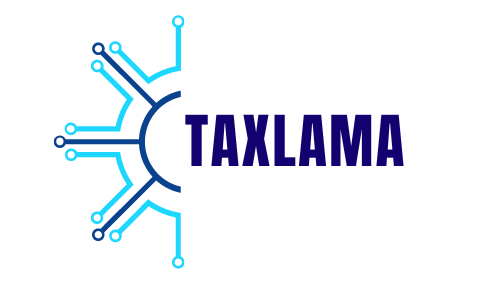In an era where sustainability and transparency have become key drivers of business success, the introduction of IFRS S1 and S2 by the International Sustainability Standards Board (ISSB) is a monumental step toward improving corporate sustainability reporting. These standards enhance global consistency in sustainability disclosures, making it easier for investors, regulators, and other stakeholders to compare companies’ sustainability performance. IFRS S1 focuses on general sustainability-related disclosures, while IFRS S2 specifically addresses climate-related financial disclosures.
As organisations worldwide prepare to align with these new standards, there are essential best practices they should follow to ensure compliance and maximise the value of their sustainability reporting. In this article, we’ll discuss the key steps businesses can take to align with IFRS S1 and S2 effectively.
IFRS S1 and S2 Compliance: Key Strategies for Global Alignment
1. Understand the Scope and Requirements of IFRS S1 and S2
The first step toward compliance is understanding the full scope and requirements of the standards. IFRS S1 covers broad sustainability-related risks and opportunities that could impact a company’s financial position, while IFRS S2 zeroes in on climate-related disclosures, including governance, strategy, risk management, and metrics for tracking climate risks.
To comply with these standards, organisations need to:
- Identify all relevant sustainability issues across their operations, products, and supply chains.
- Evaluate the potential financial impacts of sustainability risks, such as resource depletion, regulatory changes, and climate-related disruptions.
- Ensure alignment with the Task Force on Climate-related Financial Disclosures (TCFD) framework, as IFRS S2 draws heavily from it.
2. Conduct a Thorough Materiality Assessment
Materiality assessments are critical for identifying sustainability issues most relevant to a business and its stakeholders. Under IFRS S1, companies are expected to disclose sustainability-related risks and opportunities that are material to their financial statements. This means organisations must comprehensively analyse which environmental, social, and governance (ESG) factors could affect their long-term financial performance.
3. Integrate Sustainability into Corporate Governance
Effective governance is a central theme in both IFRS S1 and S2, particularly in ensuring that sustainability risks are addressed at the highest levels of an organisation. Boards of directors and senior management teams must take ownership of sustainability issues and integrate them into the company’s overall governance framework.
Key governance practices for aligning with IFRS standards include:
- Establishing a dedicated sustainability or ESG committee within the board of directors.
- Regularly review and update the company’s sustainability strategy to align with changing regulations and market expectations.
- Assigning clear responsibilities for managing sustainability risks from senior executives to operational teams.
4. Adopt a Data-Driven Approach to Sustainability Reporting
One of the primary goals of IFRS S1 and S2 is to improve the consistency and comparability of sustainability data across companies. This requires organisations to adopt a data-driven approach to their reporting, with clear, measurable metrics that can be tracked over time.
5. Ensure Transparency and Stakeholder Engagement
Transparency is a cornerstone of IFRS S1 and S2 compliance. Companies must provide clear, comprehensive disclosures on their sustainability performance, including risks and opportunities. In addition to meeting regulatory requirements, transparent reporting can help build trust with investors and other stakeholders.
6. Align with Industry Standards and Frameworks
While IFRS S1 and S2 set the baseline for sustainability disclosures, companies should also consider aligning their reporting with other widely recognised frameworks and standards. These include the Global Reporting Initiative (GRI), the Sustainability Accounting Standards Board (SASB), and the Carbon Disclosure Project (CDP). Aligning with multiple frameworks can enhance the credibility of a company’s sustainability reporting and ensure it meets the needs of various stakeholders.
7. Engage in Continuous Improvement
Sustainability reporting is not a one-time exercise; it requires continuous improvement to stay aligned with evolving standards, stakeholder expectations, and emerging risks. Companies should regularly review and update their sustainability strategies, governance frameworks, and reporting processes to ensure they remain compliant and relevant.
Conclusion
IFRS S1 and S2 represent a significant step forward in standardising global sustainability reporting, offering businesses a clear framework for disclosing their sustainability-related risks and opportunities. By following these best practices—organisations can successfully align with these standards while enhancing their sustainability performance.




